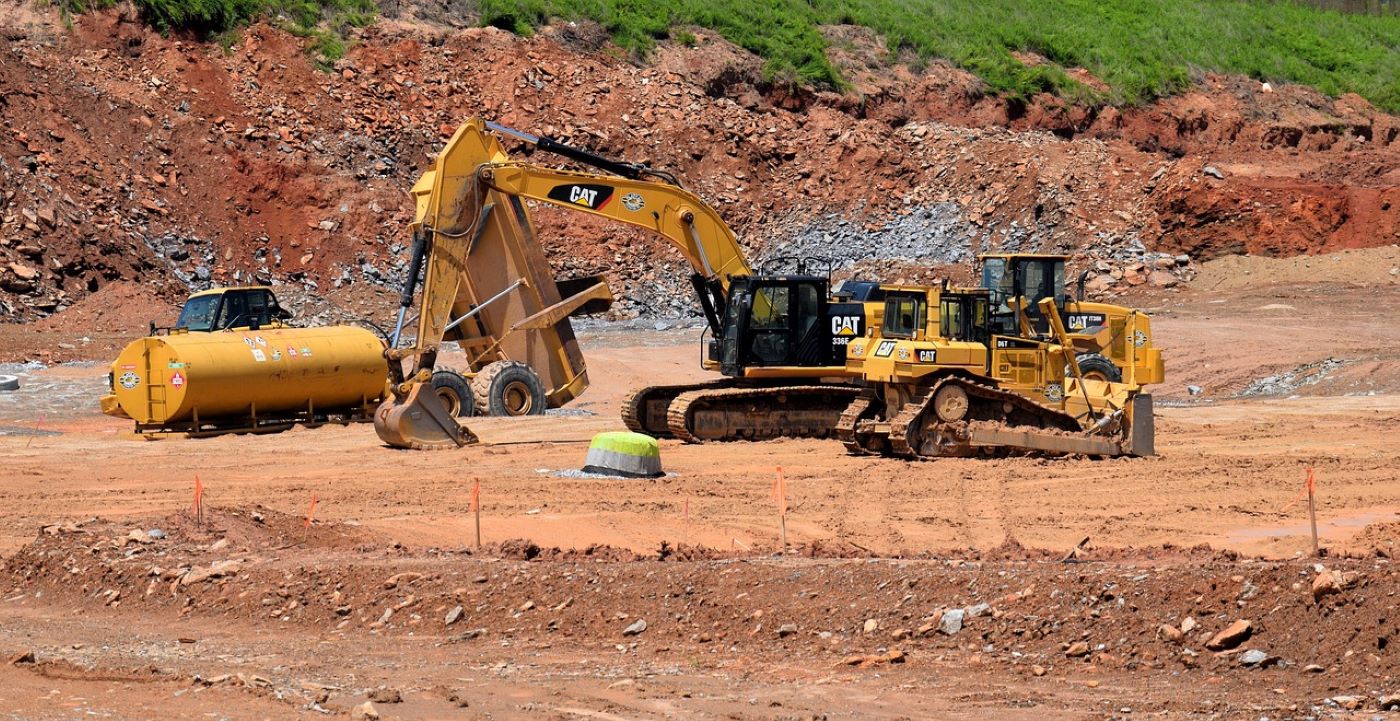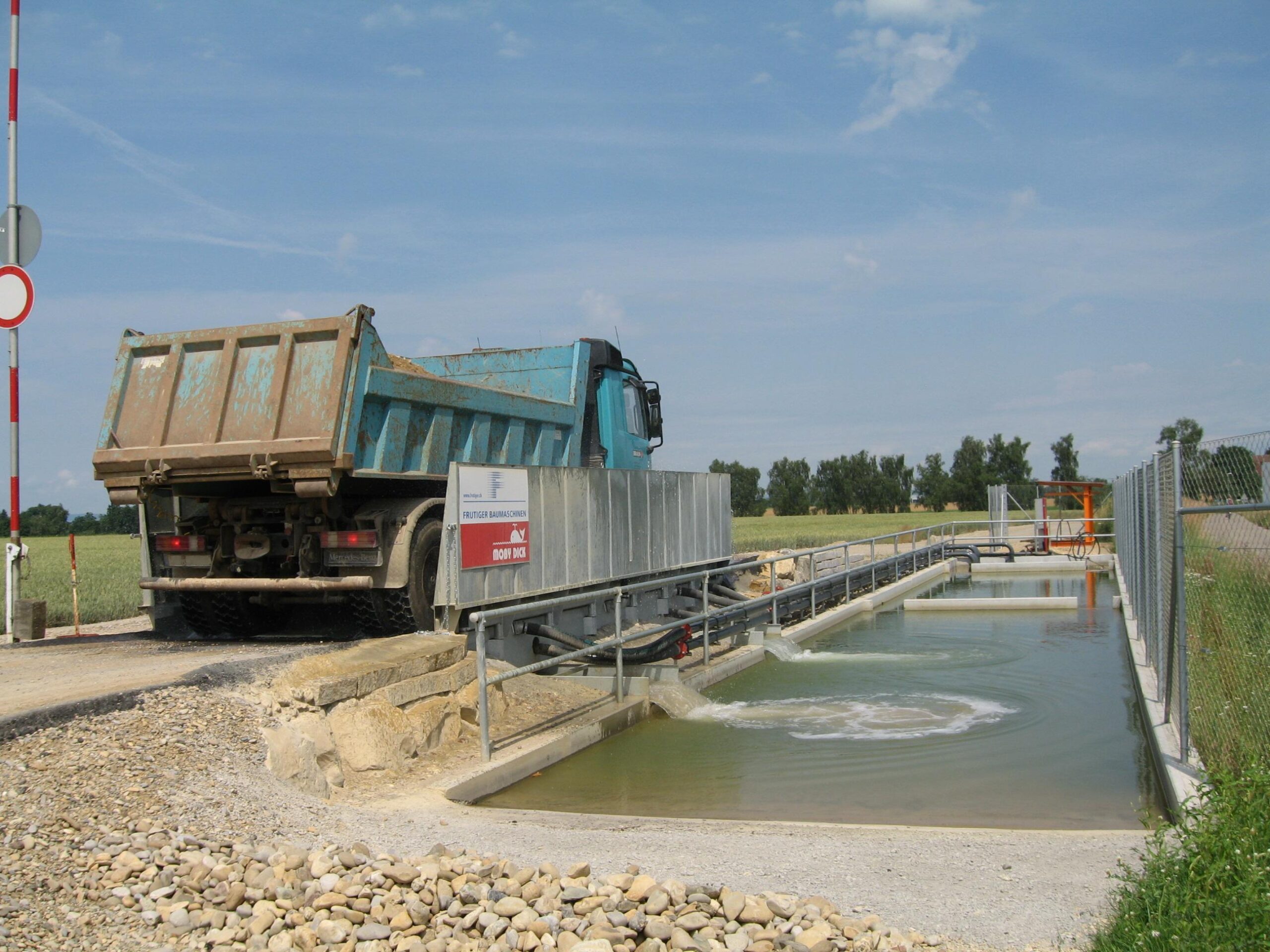
Construction BMP Guide: C106 Wheel Wash
A wheel wash reduce the amount of sediment transported onto paved roads by washing dirt from the wheels of motor vehicles prior to the motor vehicles leaving the construction site. A wheel wash can consist of a paved shallow depression filled with water, or can be a specialized system that actively pressure washes wheels and tires on a large surface pad with direct drainage to a large sump. This BMP is often utilized when a construction entrance alone is not effective at removing sediment from vehicles and equipment. The most effective wheel washes are used in conjunction with a stabilized construction entrance.

*The contents of this guide are to provide a general overview only. It is the users responsibility to ensure all BMPs utilized on their project meet the requirements of their state and local jurisdictions.
Find it in the Stormwater Management Manual:
Eastern Washington Western Washington

Wheel Wash Installation:
- Avoid installing in areas where water dripping from the trucks can run unimpeded into the street
- Test clearances and effectiveness using a low clearing truck before paving
- Keep water between 12-14 inches deep to avoid damage to truck hubs and filling truck tongues with water
- Active pressure washing systems should have a sump of at least 10’x10′
- A minimum of 6 inches of asphalt treated base over crushed base material or 8 inches over a good subgrade is recommended to pave the wheel wash

Credit: Frutiger Company AG, CC BY-SA 3.0 , via Wikimedia Commons
Wheel Wash Maintenance:
- The wheel wash should start out each day with fresh water
- The washwater for the wheel wash should be changed a minimum of once per day. On large earthwork jobs where more than 10 to 20 trucks per hour are expected, the wheel washwater will need to be changed more often.


